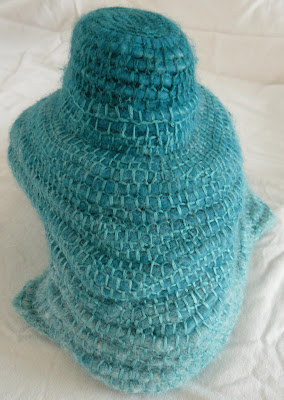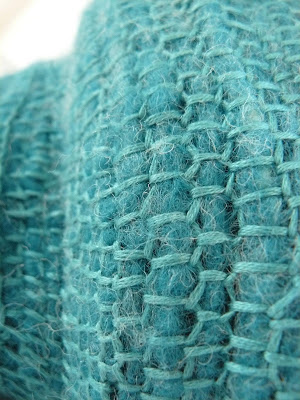
What a week! Even at this safe distance, the emotional turmoil of bearing witness to Christchurch's earthquake and aftermath is draining. I can't imagine the exhaustion and trauma that my friends, and other quake survivors are going through- whether they have stayed or fled the city. My heart is full of aroha for everyone, especially those who have lost family or friends or home or possessions. Every news report brings tears to the surface, and I keep casting around for something useful I can do besides give money, and let my loved ones know they are in my thoughts.
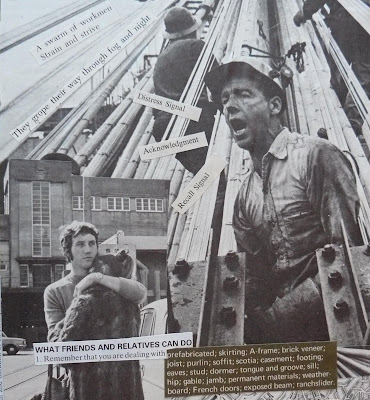
Today Bethwyn and I met up for a Frugal with the Bruegel session of collaborative altered book making, our first in many weeks. We spontaneously decided to devote our session to working together on a single book, responding to the Christchurch earthquake. Without any particular preparation or planning, we began making a book which may turn out to be our most coherent narrative yet. Drawing only on our collection of old (mostly) children's books, which includes nothing specific to Christchurch, yet the result feels to us very evocative of our emotional response witnessing the earthquake from a distance.
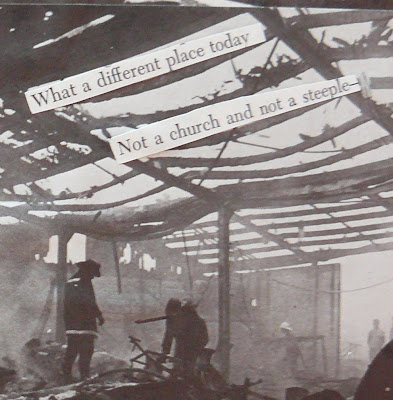
Making this book feels cathartic and healing: a compulsion to channel survivors' guilt, grief and helplessness into creativity. Working with focus and synchronicity we got about half way through the project this afternoon and hope to have it finished in our next session, ready to auction off as a fundraiser for a Christchurch earthquake response fund. Here's a sneak preview showing some details from the spreads we've completed so far.

New Zealand is a small country, and everyone knows somebody that knows somebody. My prayers are daily with friends and acquaintances as well as the people who's faces or stories I know only through the media coverage. There's one of my oldest friends, a nurse at Christchurch hospital who lost their Kaiapoi home after the September earthquake; and her extended family which includes several other nurses. A young librarian I've known all her life, who's had to leave behind everything in her red-stickered home within the cordon. Her parents who are sheltering her and her only possessions - cellphone and purse- in the one-room country cottage where they live and work. Old friends posting facebook updates to let us know they are alive, who are shovelling silt and trying to keep their spirits up with intermittent electricity and no running water. The USAR workers from all over the world (how grateful am I to the international community?) including the father of a Hamilton friend who kept us updated with messages balancing the desolation of recovering only dead bodies from the ruins, with wry humour about consequences of the lack of showers.
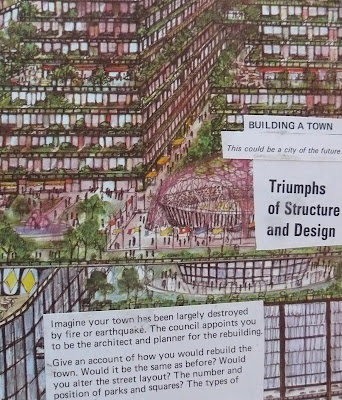
Like many NZers outside of Christchurch, I have developed a profound sense of appreciation for my flushing toilet, hot shower, endless drinking water, electric power, cosy bed, smooth streets, sweet fresh air, fully serviced city and most of all, the solid ground beneath my feet. It may be a while before everyone in Christchurch can enjoy such amenities again. Bethwyn and I hope that our book can provide some small contribution towards Christchurch's recovery.
